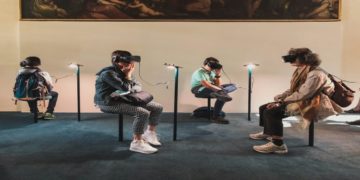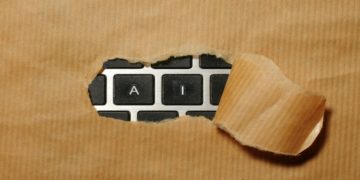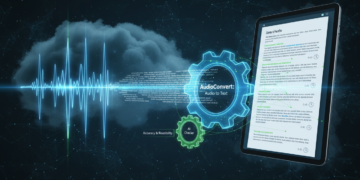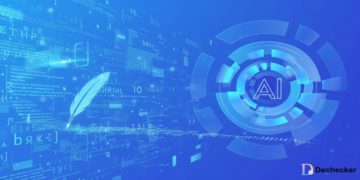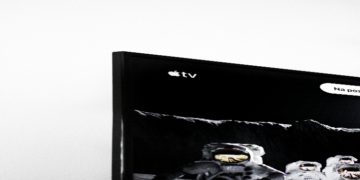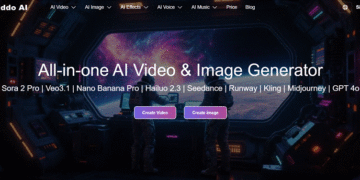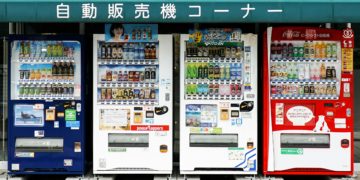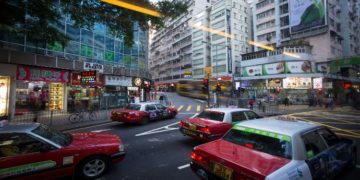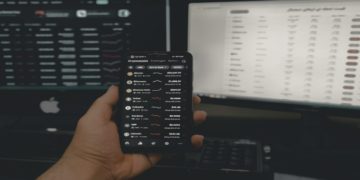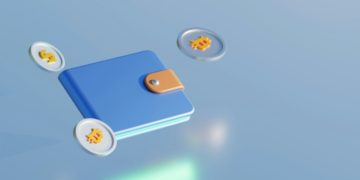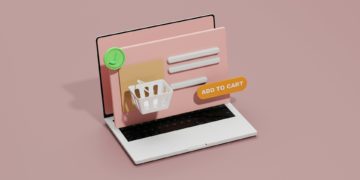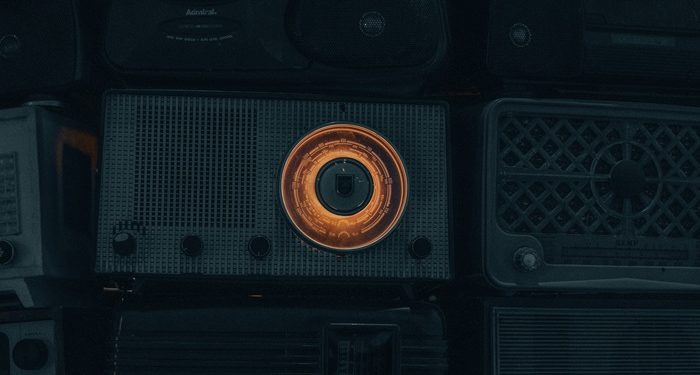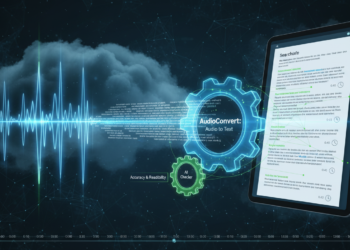It’s no secret that AI has impacted quite a few jobs, either for good or bad. Joining the list is another one: Graphic Designers. With AI ad generators, you get quick creatives in bulk without heavy lifting.
Humans add emotions, intuition, and rationality to make ads better. This has led to things taking an interesting turn.
Let’s uncover how each works, where they thrive, where they fall short, and how you can use both to create campaigns that don’t just look good,but convert.
How They Think: Programming vs Intuition
AI Ad Generators are powered by large datasets. They’re trained using machine learning and deep learning models to identify what types of ai ad creatives work best in specific scenarios.
For instance, if 10,000 ads with red CTAs perform better in eCommerce, AI will pick that up and reuse it across variants.
Human Designers
In contrast, use intuition, empathy, and cultural awareness. They don’t follow patterns but create them.
A designer might use humor to add contrast or subtly add cultural references to make an ad more relatable. Their thinking is flexible, inspired by emotions, trends, and lived experiences,something AI can’t replicate (yet).
Efficiency: Succeeds at Time, Cost, and Scale
Time: AI can generate dozens,even hundreds,of ad variations in minutes. It’s a huge plus for performance marketers who need to launch fast. For example, Quickads lets you turn a product image into a full ad in seconds.
Cost: AI tools are budget-friendly,subscriptions range from $30 to $100/month. Compare that to $500–$5,000+ per campaign for freelance designers or agencies.
Scalability: AI thrives in bulk. It can instantly localize ads for 20+ languages or repurpose ai ad creatives across platforms. Human designers can do this too,but not as fast or affordably.
Creative Quality & Persuasion
Here’s where human designers take the lead. AI-generated ads play it safe, sticking to formats that worked in the past. But creativity isn’t about safety,it’s about standing out.
A 2024 ScienceDirect study found that while AI ads score well on structure and clarity, they often lack the emotional spark,what the study calls “visceral punch.”
Human designers:
- Use metaphor and analogy to make messages memorable
- Craft humor, irony, or surprise to spark emotion
- Understand social nuance, current trends, and brand tone
AI is improving fast,but for now, it still needs a human editor to take good to great. That’s why brands use hybrid workflows: let AI do the heavy lifting, then bring in a human to refine and elevate.
Pros and Cons
AI Ad Generators
Fast, scalable, and data-driven: AI ad makers like Quickads can produce hundreds of ad variants in minutes. They do it by analyzing large datasets to identify best performing patterns and apply them consistently across campaigns. This is helpful to marketers who require high-volume ai ad creatives instantly.
Perfect for A/B testing and campaign iteration: AI ad creators excel in running performance-driven campaigns. You can test dozens of headlines, images, and CTAs in parallel, helping you settle down on what works with minimal human input.
Lacks originality and emotional nuance: AI image ad generator relies on its learnings from past data. It can’t surprise or delight in the way a human might either by humor, irony, or storytelling. It can’t read the room or anticipate cultural shifts.
Can feel generic without refinement: Left unedited, AI output can sound robotic or flat. Without a human touch, you risk blending into the noise rather than standing out with distinctive messaging.
Human Designers
Excellent at storytelling, branding, and creative differentiation
Designers don’t just follow templates; they create ideas that work. Whether it’s a metaphor in a luxury perfume ad or humor in a D2C campaign, humans add the missing narrative depth to AI .
Adaptable in tone, style, and cultural context
Designers create personalised copy or visuals for specific audiences. They instinctively know what feels “meh” and how to strike the right balance between persuasion and authenticity.
Slower, more expensive, and limited by bandwidth
Good design takes time. It needs brainstorming, revisions, and collaboration. Needless to say , the cost of a skilled designer or agency can be significantly higher than AI tools.
Not ideal for quick-turn, high-volume needs
If you’re releasing 100 variants of a retargeting ad tomorrow, relying solely on a designer may clog your timeline. They’re built for high-impact moments but not mass generation.
When to Use What
Use AI Ad Generators for
- Rapid variant and AI Ad copy testing
- Geo-targeted or multi-language campaigns
- Scaling social ad creatives fast
Use Human Designers for
- Emotional storytelling or flagship campaigns
- High-stakes launches
- Brand refreshes or rebrands
The Hybrid Advantage
- Let AI generate initial drafts
- Let humans shape the final version
Prompt Refinement in Action
- AI-only prompt: “Create an ad for a protein bar.”
AI Image Ad Generator output: “Fuel your body. Try our protein-packed bar today.”
- Human-refined prompt: “Write a playful ad for a protein bar for first-time gym-goers. Highlight taste and small wins.”
AI Ad Generator Output: “Just crushed your first leg day? Reward it with our chocolate protein bar, because gains should taste this good.”
Another Example
- AI-only prompt: “Create an ad for a water bottle for hikers.”
AI Output: “Stay hydrated on the trail with our leak-proof bottle.”
- Human-refined prompt: “Create a rugged yet inspiring ad for hikers who treat every trek as an escape. Focus on freedom, reliability, and endurance.”
AI Output: “From sunlit ridges to muddy climbs,our bottle stays strong, so you don’t have to stop for anything but the view.”
These examples reflect how human input turns plain prompts into emotionally packed messages. Because it’s just about the words, even context, tone, and storytelling matter.
What’s the way forward?
It’d be collaboration and no more competition.
By 2026, Forrester predicts 60% of ads will be AI-assisted. But that doesn’t mean designers will become redundant but evolve.
Designers won’t be replaced. They’ll become creative directors, assisting AI, purifying tone, and ensuring brand consistency.While AI tools like Canva handles the volume, humans shape the vision.
The future isn’t man vs machine,it’s man with machine.

